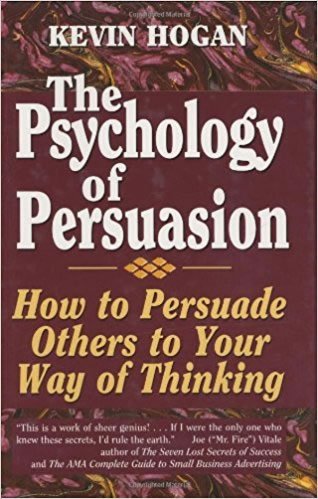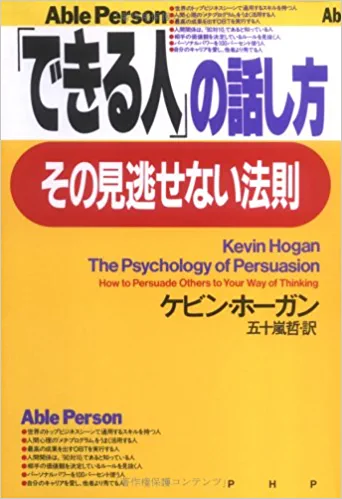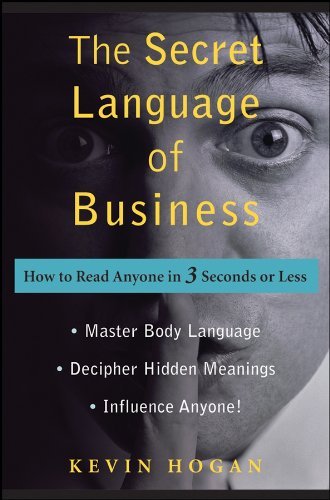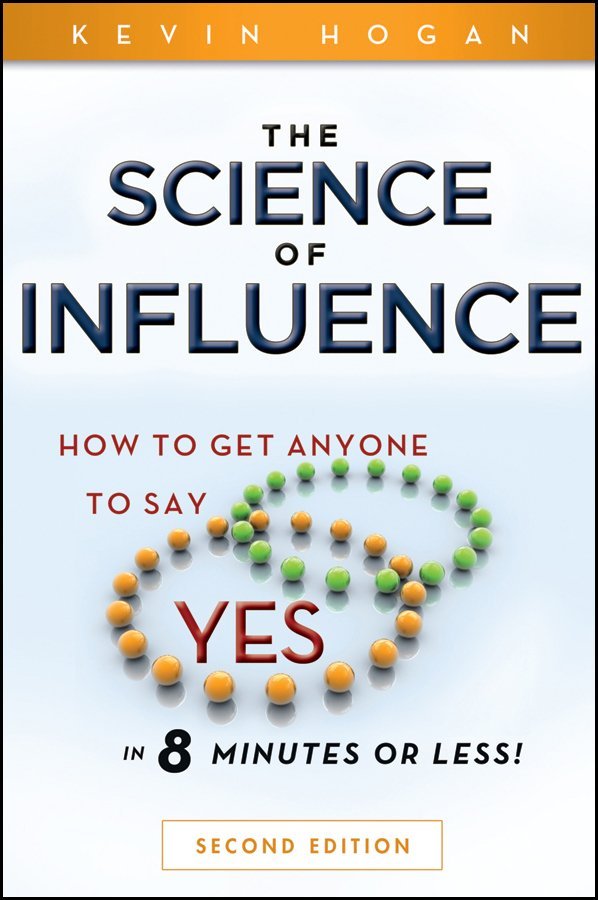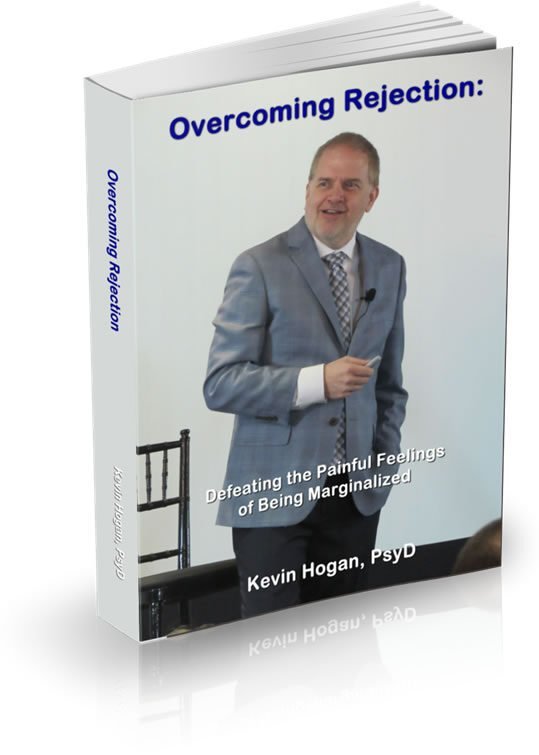
85% of women look to social media for assurance that their decision to buy is a good one. I doubt that women are looking to see if every purchase they made was the right choice, but you can surmise that on higher visibility (purse, shoes, accessories, jewelry), within group, products they’re getting lots of “feedback.” It appears men don’t care what people think of their purchases as much.
Legend Point: A Man’s Rolodex in the Mind weighs people at the office and neighborhood as far greater than the social “pressures” to make the “right” decision in social media. Meanwhile, 84% of all Instagram posts that were promotions were put up by women. Everyone understands this. Sex appeal has not “come back,” it has exploded. It’s turned feminism sideways. And that is another article entirely. Where a photo of an ad is clicked on with LESS than no person at all in the photo, a photo of a woman is liked 3 TIMES as often a that man.
Social media is a place for the hot to promote and take advantage of being a woman and in most cases, how attractive they are. This doesn’t mean men can’t make money in social media. There are many that do, but the numbers all overwhelmingly favor women. Men simply have to work 6 times harder to get to “yes.” And just how valuable is a social media influencer? Most are worth nothing but there are criteria for finding the gems.
Their credentials as an influencer are simple. How many followers do they have and how much engagement do those followers experience. They’re paid to promote a product or service based on followers. Those social media influencers with 1,000,000 followers will bring in about $150,000 for a single post. It’s estimated that there are 2,000 “influencers” with a million followers. There are 1 BILLION people on Instagram in total.
It sounds easy to get 100,000 followers on Instagram and of course it is unusual and not the norm. 100,000 followers? About $5000 for a post. Though in very tight niches with high engagement it can be 10 times that amount.
 Here’s what influencers on Instagram have been earning. 50,000 followers About $2000 for a post 10,000 followers About $200 for a post. Remember all of these numbers are just averages/estimates because the size of the list is not the quality of the list. It’s also about engagement.
Here’s what influencers on Instagram have been earning. 50,000 followers About $2000 for a post 10,000 followers About $200 for a post. Remember all of these numbers are just averages/estimates because the size of the list is not the quality of the list. It’s also about engagement.
Because beauty and fitness products are all the rage, you can know that the beautiful people (really the beautiful girl) has the best chance to make it if she engages her audience. But there is a huge difference between 1,000 followers vs. 1,000 followers who will do what you tell them to do.
That means you must become a REAL influencer, Your look matters but if you’re selling men’s shoes it’s going to take some creativity to do that. Obviously not all marketing in social media is “influencer marketing” and in fact that means that you have to work at being more influential in your communication and depending what your business is, you’re going to meet the same challenges you meet in every other advertising medium.
That means it’s very easy to hear “no” to you and that rejection can hurt. It’s very personal. If you are an average looking woman and you are going up against a 9, she’s going to get the gig with the company as long as she knows how to use her look and her ability to connect.
For most, social media is not going to be the dream income. If you’re 40, do you look like Kim Kardashian? No? Then you are going to get rejected a lot and yet you still can be an influencer in the most real sense of the word. It’s pretty distressing when rejection or “no” is the answer time after time. Whether it’s personal, business, or the government, no one seems to be very helpful, compliant or even encouraging about much of anything.
Never has effective influence been more important than in 2019. Don’t worry, it’s not just you who hears “no.” “I’ll do it next year.” “Our budget is short right now.” “We like to stick with our current supplier.” “I already have an X.”

It’s the vast majority of people who say “no” to the rest of the vast majority of people. Here’s the big problem you face and the first solution. There is an ocean of people shouting for attention and only a very small few have any idea how to capture that attention they so desperately ask. Think in terms of what you spent money on today vs. advertising messages and requests for money you’ve seen. Did you make 3 or 4 transactions today? I did before lunch. And how many advertising messages and requests for money were there? 6000+. 5,996 people/bids/requests/ads were rejected, turned down, told “no,” ignored, clicked away from, told “can’t afford it right now,” “gotta check with the wife, kids, uncle…”
Didn’t seem like 6,000 did it? But when you ad up Facebook ads, Instagram ads, Tik Tok ads, Twitter ads, commercials, newspaper ads you’ve seen, donation requests, requests for a date, for time, for just 5 minutes, people knocking at the door it’s 6,000 and change. If you are actively online the numbers rise quickly.
My best guess is I see just short of 10,000 requests/ads/promo’s per day. Going forward, being part of the 10% isn’t going to cut it. You need to be part of the 1%. You must literally and absolutely understand what motivates the specific person or the specific group of people you work with or want to work with or buy what you sell.
Once you understand them, then you push all the right buttons in the right sequence and then you can ask them to say “yes.” That’s not an art. That’s science. People are experiencing rejection in ALL CONTEXTS more today than any time in history. There will be four “yeses” today out of 6,000 requests/impressions for the average person. Influence has now split into two general worlds.
The first is where you are live and presenting your message in some way to one or many. The second is when you are recorded or have a text or image based message for one or many. The messages, use of “influencers” When you’re on social media you are rarely thinking. It’s more scrolling. The nonconconscious mind is kicked in until it’s required to go off auto pilot and ask consciousness for help. You’ll scroll, click like for a few minutes or more and then you’ll stop on something that holds your attention.
This post/video/picture is now filtered to consciousness. If it is an advertisement you can know there is a chance, a small chance that you’ll buy it. That advertisement has been pre-calculated to appeal to you based on everything Instagram knows about you so far. The chances are very likely that you’ll “consider it” then move on. (Say “no.”) On the other side of the message is the creator of the message. They are now disappointed that you didn’t buy.
You never even thought of a human being back there wanting to make a sale or get your attention or feedback. These “no’s” are not as painful as human face to face interactions but they still matter and drive behavior. And because one of our worlds is changing it’s worth looking at some influential elements most don’t consider. Look at a few of these short themes and you’ll see how they map to social media.
These are a couple of effective ways to preclude “no.” On the next page you’ll have a top notch cognition fire off in your brain that you have never considered before. It will change how you influence forever forward. Every one who is going to attempt to influence another needs to know this…

Communication online often replicates in person. Other times communication is partially speaking to the poster and secondarily speaking to the rest of the people who will see the influencers post. And of course if you are the influencer… OK here you go… Thing One and Thing Two…
Let’s move to the more real world first. Listen in on a conversation that you’ve heard before.
You’ll slide in as soon as it sounds familiar…
Emma: “I can’t believe you just said that!”
Aiden: “I didn’t say that! What I said was __________.”
Emma: “No you didn’t I heard you say that! What DID you MEAN by that?” Aiden: “I did no such thing. You are dreaming. I clearly said __________. I don’t even THINK that!”
The last time you had that conversation, you wondered if the other person even lived in the same world as you… Now you know. Unfortunately, they don’t. It sounds hokey and unreal…but…like everyone else on the planet, you experience the world in a way that really is a mental interpretation of reality. Those whose map most closely matches reality tend to win in life in some significant way.
Your experience is different in varying degrees from everyone else. If everyone experienced the same world, there would be less need for persuasion and communication. The differences give us big problems and incredible opportunities in relationships and life.
Let’s look at just a few ways for you to be more effective with your influence…today. Aiden and Emma will never find their answer. There is no answer. The two people will permanently represent the event differently. Even when they go back and watch the hidden video they will still REMEMBER the moment in time mostly as they FIRST experienced it.
Watching the video will change the memory a little but it will never be as it actually happened. You can sit with them watching the actual video and they will say, “…that’s not right.” Constructing People in Your Brain Each person constructs “a picture” of themselves in their own brain. And each of us constructs a picture of other people.
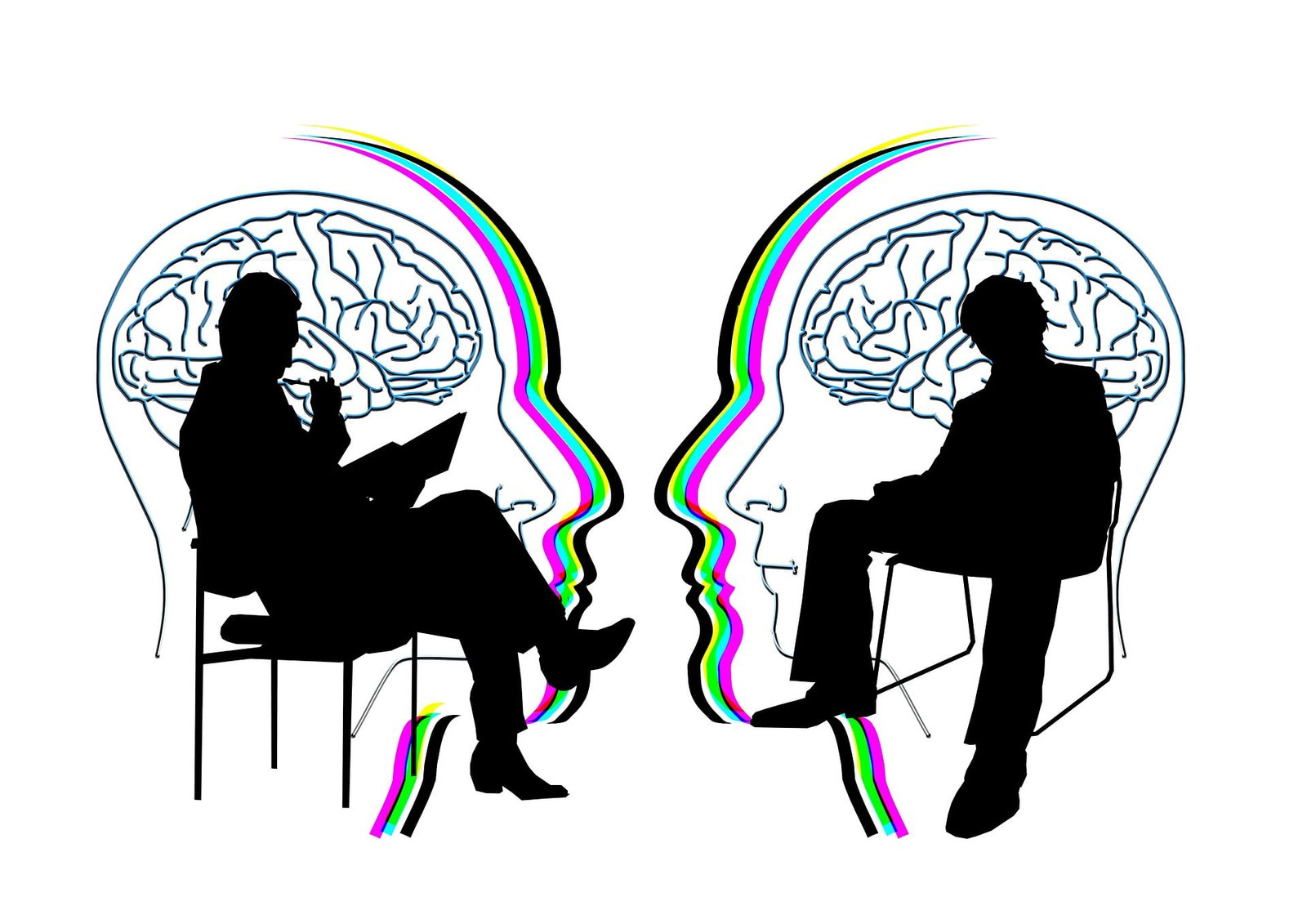
There is no actual video stored in their brain. The brain puts a lot of work into creating that story and once it’s there it will be modified but the feelings and tags of the experience are very difficult to change.
Even the cognitive understanding or lesson of the experience rarely changes, even when a literal recording is watched. Essentially the brain rejects anything other than what it has on file as being wrong.
“I swear it wasn’t like this!” And it will be that way forever in their mind. How does this different “reality” succumb to influence? No one ever talks about this. So let’s you and I talk about it… How do you influence someone who doesn’t see what you see? The starting point is your instant awareness that whatever you see and however you interpret that “thing,” IS DIFFERENT from what the person standing next to you sees. It all means something different.
This ONE cognition alone can change your life, forever. Instead of telling people, “see, that’s a…,” you say, “what do you see?” You are about to be amazed. Most of the time people will tell you something either about the actual image or what it means than you would have predicted.
People see slightly different colors than you do. People hear different sounds than you do. People smell different smells than you do. If you go to another country, people say words that you literally cannot say because you cannot hear all the sounds in the word. You literally have to be trained to hear them! All of this is just the tip of the “representation” iceberg.
It does go much further. Imagine how people will look to you when you ask to know what they see instead of being constantly told that they are wrong. You begin to see the differences almost immediately. Questions are power.

Questions eliminate your errant misrepresentations of what they are actually thinking.
January 10, 2021 you’ll have a chance to be part of the beta version Charismatic Communication Course. For today let’s look at questions which are part of the course. Most of the time when you say “Ah, that’s an X,” your idea of X is NOT what they were thinking. About half of the time you will be surprised to hear the difference between what you think and what they think. That means one of the three things.
1) You are wrong.
2) You are stupid.
3) You are lying.
Can you imagine how important it is to stop people from thinking any of those things about you?!
I can’t think of a more valuable tool. But asking the question(s) causes more than raising your level of perceived honesty, trust, confidence and credibility. It puts you in a far more unique category of people. Asking questions causes you to appear intelligent.
It means you are honest. It means you are RIGHT. People have a tendency to think that influence is about telling people to do something and then they do it. This of course is often true.
But only a fraction of the time is that how I want you to influence others. Imagine that instead of asking questions you show people an image, or perhaps create a mental image for them.
This typically isn’t as effective as them generating an image but let’s say that you do show them a powerful image. For example, you seek a donation for fundraiser for needy children. You show the CEO or owner a picture of a starving child. It is unquestionably a powerful image.
You might think that seeing 500 such children gives you a much more powerful image…but it really doesn’t.
The fact that people don’t understand the significance of an image of one person vs. that of an image of thousands of faces is why YOU successfully can compete against people who make outrageous claims.

I’ll come back to this in a moment. Let’s look at how the scope of a problem can be made to be almost meaningless in the result of trying to influence someone. When the brain can’t get around something, it has no way to code that kind of information in for the purpose of using that information in the course of life.
The brain doesn’t get it, therefore there is no sense of impending doom for those who aren’t prepared. For this reason, you have to be very careful about what pictures you try and paint for others when you are attempting to influence them. When you communicate your message, spare the exaggeration.
Be accurate and truthful. That makes you trustworthy and believable. An accurate message grows trust. Exaggerate or seemingly exaggerate and you lose far more. How do you communicate the message if you can’t use numbers? You have to put it in story form…one middle class family’s upcoming struggle. Your struggle. Their struggle. Personalize numbers.
Always be accurate. If you exaggerate beyond someone’s ability to comprehend OR experience your message becomes impotent. AND you do NOT know where that limitation is. ALWAYS be precise.
Always seek to understand their interpretation of reality through gentle questions. For the moment imagine that just the ONE LESSON of asking questions to understand their reality is going to replace mindless and almost certainly deal breaking talk on your part…or theirs.
That ONE LESSON changes your world. Now here is a secret: 
When they speak, simply remember that they are exaggerating.
Not only does your client literally see, hear, feel, taste and smell a different world than the next person, they also literally misrepresent the importance of almost everything in the world.
People misrepresent the scope, the importance, the significance of almost every experience in life. Sometimes they do this intentionally. Most of the time there is no motive. People do not think in terms of Problem ===> Solve. 
All of this causes persuasion to be much more than a game of logic that has an “obvious solution.” Listen carefully: There can be no obvious solution because the other person LITERALLY sees a different world than you do. What happens in everyday conversation that you can change to bring on agreement? What do you do to cause them to say “yes” to you? Do this…


